Creaking Floors – The 4 Main Reasons
Wood or carpeted floors often make creaking or crackling type sounds when walked on. There are four main reasons for this:
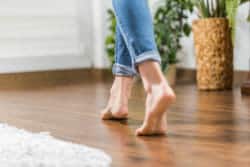
- Subfloor Issues
- Temperature & Humidity Issues
- Improper Installation or Workmanship
- Settling & Foundation Movement
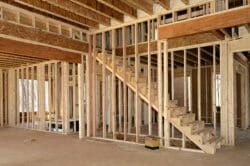
1. Subfloor Causes
Carpeted floors with a wooden subfloor
When walking across a carpeted floor and you hear a creaking sound, it is usually for one of the following reasons and can often be corrected easily.
The subfloor, which may be constructed of plywood, wood planks/boards, OSB board, or particleboard is laid over floor joists that support the plywood or other sheathing.
Floor joist tops not level
If the tops of the floor joists are not flat and level, then the sheets of plywood or sub-flooring will not be supported evenly. When nailed down, the sub-flooring will be sucked down unevenly. Over time the portions of the floor that have been sucked down will try to go back to a flat and level position. When this happens a gap will develop and the nails holding the floor will be slightly pulled loose.
when this happens and the area is stepped on, it will flex downward (because the nail has pulled loose), and then back up, this creates a creaking sound.
Floor joist damaged, cracked, or not blocked
If a floor joist is cracked or damaged, then the nails holding the sheathing may work loose, thus creating a creaking sound.
Generally, floor joists are blocked every so many feet to help hold them in place and make sure that they don’t move. If this blocking is not properly placed or missing, then it may allow the joists to move. This typically happens in homes with crawlspaces or in multilevel homes. If this is the case and the home has a crawl space, it will usually allow access to the joist area and repairs or blocking can be easily made to the floor joists. If this is happening in a multilevel home ie. the second or third story of a home, the repair would typically be done by either removing the drywall from the ceiling under the creaking floor or pulling up the flooring and re-adhering it to the joists and/or correcting the blocking.
Occasionally, if the floor joists are spaced too far apart to properly support the sheathing, then floor creaking may occur. However, this is rarely the case.
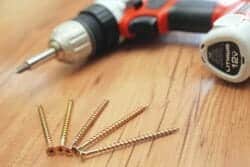
ADDING SCREWS
The majority of subflooring issues can be corrected by adding screws in the areas where the creaking is occurring. Screws will normally do a much better job of holding the subflooring down and will not work loose.
Buyers Tip – if you’re going to add new carpeting…
Before you sign the contract for the new carpeting, ask the salesperson or contractor if they will take a few minutes and screw down any loose subfloor sheets before putting the new carpeting down. Request that this is part of the agreement. If you wait until the installers are putting the carpet down since it wasn’t part of the contract they may not want to do it or may want several hundred dollars more to do it. Since in reality it doesn’t take very long and is only a couple of dollars in screws, it’s worth having it in the contract.
2. Temperature and Humidity Causes
When wood boards or planks dry out, they shrink. When the boards or planks shrink, a thin gap or space occurs between the boards. Then when walked on, the wood pieces rub against one another and you hear a creaking sound.
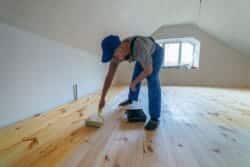
Winter and summer months
Hardwood floors will usually shrink in the winter months and expand in the summer months. Also, sudden temperature or moisture/humidity changes will affect the expansion and contraction of the boards. This expansion and contraction can result in the flooring coming loose from the subfloor. Glued floors come loose or the nails pull loose. This will cause creaking on the floors.
When this occurs you may want to re-attach or secure the floor back down and apply a sealing compound to the flooring which helps prevent this type of problem.
Engineered wood floors v. Solid wood floors
Solid wood floors are more affected by temperature and weather than engineered wood floors. Engineered wood flooring takes into consideration temperature and humidity conditions and therefore the flooring is designed to resist these types of issues.
Lubricating Tip for Old Solid Oak Flooring
Sprinkling a little talcum powdered or powdered graphite in joint or nail areas where the boards are creaking may help reduce the creaking noise. Once sprinkled, then stepping on these areas several times helps work the powdered into the voids or cracks. Be sure not to track the powdered around and clean up the surface after completion. You may have to repeat this lubrication process several times before noticeable results occur.
3. Improper Installation & Poor Workmanship
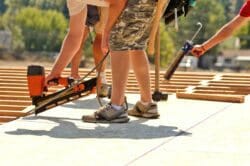
Nail guns and glues
Subfloors are usually secured down to the floor joist with nails and often glues. One common practice is to run a bead of glue along the top of the floor joist, then lay the plywood or other floor sheathing on this bead of glue and then nail the sheathing into place. Workmen may not get the sheathing laid on top of the freshly placed glue bead quick enough and the glue begins to set. This results in a poorly secured piece of sheathing.
When the carpenter comes along to nail the sheathing in place, they usually use an automatic nail gun. They use the nail gun to shoot nails into the sheathing to secure it to the top of the floor joist. The problem with this type of work is that the nail gun operator is usually in a hurry and just goes pop-pop-pop with the gun. This fast pace nailing results in nails missing the floor joists under the sheathing. Thus, these nails are ineffective. Believe it or not, many nails miss their mark.
Both of these practices are an example of poor workmanship.
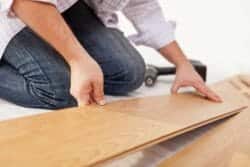
Improper installation
Not following the manufactures recommended instructions on nailing, spacing and installation is another key reason for creaking floors.
If the subfloor is poorly installed, not level, has bumps, damage or imperfections, then creaking may occur.
Acclimation
Manufacturers will often recommend that the flooring acclimates to the environment that it will be placed in. Failure to do so may result in bowing or cupping and excessive expansion or shrinkage may result.
It’s important that the manufacturers’ recommendations be followed. Many DIY workers ignore or miss these recommendations and even professionals may when they are in a hurry.
4. Settling and Foundation Movement
Over time a home may experience some settling or the foundation may shift or move due to expansive soils or other soil-related movement issues.
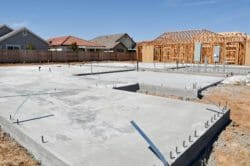
When the foundation moves, shifts, or settles, then there may be stress or limited movement of the flooring support or subflooring. Thus, the floor may start creaking because the wood sections or pieces of the flooring are rubbing together, damaged or the nails have pulled loose. If there has been significant differential settlement, there is more likelihood of damage to the sub-floors and potential for creaking to occur. Read more about settlement
Post-tension slabs
Newer homes with post-tension slabs that were not installed properly is another common cause of floor creaking. This is often the case if the slab’s post-tension cables were not tensioned or pulled in a timely manner and the framing contractor got onto the slab too soon with heavy equipment and stacks of heavy lumber. In new construction, framing contractors often are pushed or have to rush into the start of framing before the slab cables have been tightened, thus slab and flooring issues develop. Learn more about Post Tension slabs
Conclusion
It is not just older homes that have creaking floors, surprisingly enough this can also happen in newer homes.
Creaking sounds may come from the subfloor, from the wood flooring itself, improper or poor workmanship, temperature or humidity as well as from settling or foundation movement. Floors can also seem to amplify creaking sounds and make them sound much worse than they really are.
Generally, creaking floors are not caused by settling or soil movement, however, you may want to check your foundation for cracks or other problems.
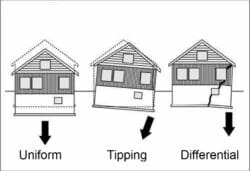
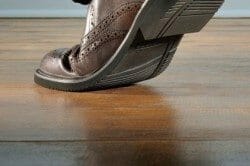
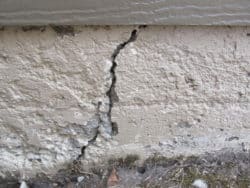
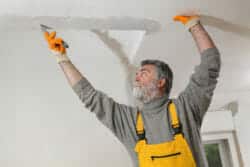
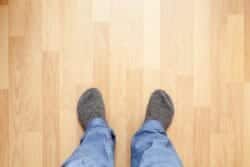
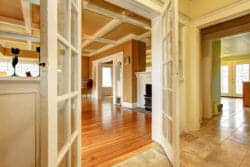

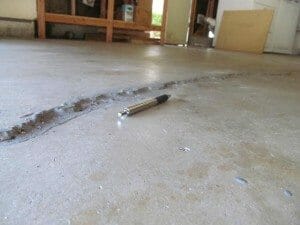
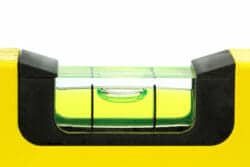

Can creaky floorboars occur when stomped on?